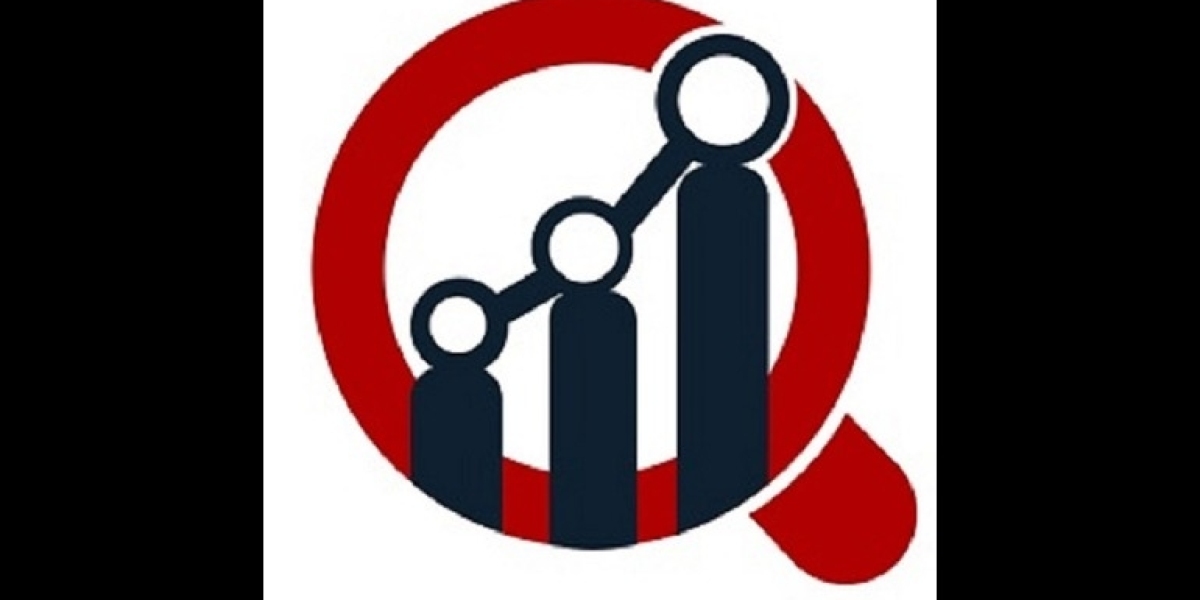How IoT is Transforming the Insurance Industry
Introduction
The Internet of Things (IoT) is rapidly reshaping industries, and insurance is no exception. By connecting everyday objects—from cars and homes to wearables and industrial machinery—IoT enables insurers to gather real-time data, assess risk more accurately, streamline claims, and enhance customer engagement.
This shift is not just technological—it's strategic. With IoT, insurance is moving from reactive risk management to proactive prevention, offering value-added services and reshaping business models.
What is IoT in Insurance?
IoT in insurance refers to the use of connected devices to collect, transmit, and analyze data related to insured assets or individuals. These devices can include:
- Telematics in vehicles
- Smart home sensors (e.g., fire, water leak, security)
- Wearables and health trackers
- Industrial IoT (IIoT) in commercial insurance
The data collected helps insurers to:
- Understand risk better
- Tailor pricing and policies
- Improve customer experience
- Speed up underwriting and claims
Sample Request For Free Pdf - https://www.marketresearchfuture.com/sample_request/2700
Key Use Cases of IoT in Insurance
1. Auto Insurance: Usage-Based Insurance (UBI)
Telematics devices or mobile apps track driving behavior—speed, braking, mileage, and time of travel. Insurers offer pay-as-you-drive or pay-how-you-drive policies, incentivizing safer driving and reducing fraud.
2. Home Insurance: Smart Home Integration
Smart sensors detect fire, water leaks, or intrusion. By preventing incidents or minimizing damage, insurers reduce claims and offer premium discounts to homeowners using such devices.
3. Health Insurance: Wearable Technology
Fitness trackers and smartwatches collect health data like activity levels, heart rate, and sleep patterns. This enables insurers to promote wellness programs and offer dynamic premium discounts.
4. Commercial Insurance: Industrial IoT (IIoT)
Sensors on machinery monitor equipment health, enabling predictive maintenance. This lowers the risk of breakdowns, workplace accidents, and business interruption.
Benefits of IoT in Insurance
- Accurate Risk Assessment: Real-time data improves underwriting precision.
- Dynamic Pricing Models: Personalized premiums based on individual behavior.
- Fraud Reduction: Data verification in claims processing.
- Faster Claims Settlement: Automated damage assessment and validation.
- Customer Engagement: Better communication and prevention-focused services.
Challenges to Adoption
While IoT offers vast potential, there are hurdles:
- Data Privacy and Security: Handling sensitive personal data requires robust cybersecurity.
- Regulatory Compliance: Varies by jurisdiction and may limit data usage.
- Device Integration: Interoperability across platforms and insurers.
- Customer Consent and Trust: Transparency is essential for user acceptance.
- Upfront Costs: Initial investments in IoT infrastructure can be high.
The Future of IoT in Insurance
As 5G, AI, and edge computing mature, the power of IoT in insurance will grow. The industry is moving toward a predict-and-prevent model rather than pay-and-repair. Expect more partnerships between insurers and tech firms, expansion into cyber risk insurance, and AI-driven decision-making from IoT data.
Insurers who embrace IoT today will be better positioned to lead in a digital-first, data-driven future.
Conclusion
IoT is not just a technology—it’s a strategic asset for the modern insurer. It opens up a new era of real-time risk management, personalized products, and smarter services. Those who invest in IoT today will define the insurance landscape of tomorrow.
Related Report -
| Financial Statement Fraud Market |
| Financial Technology Service Market |
| Risk Advisory Services Market |
| Personal Gadget Insurance Market |
| Fintech Cloud Market |





